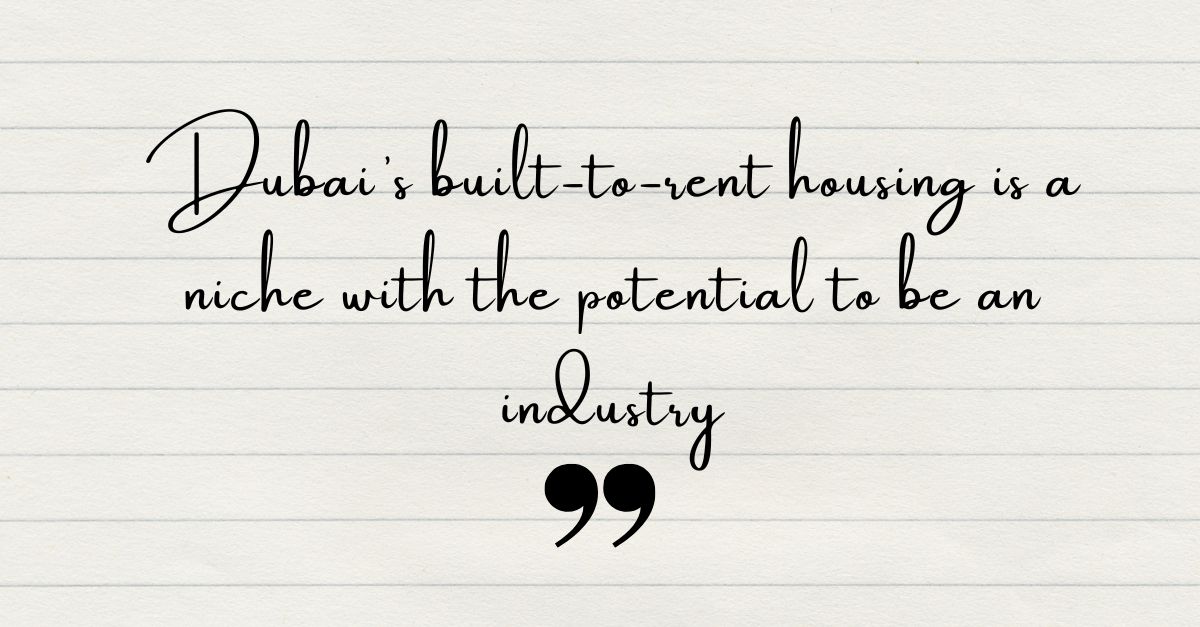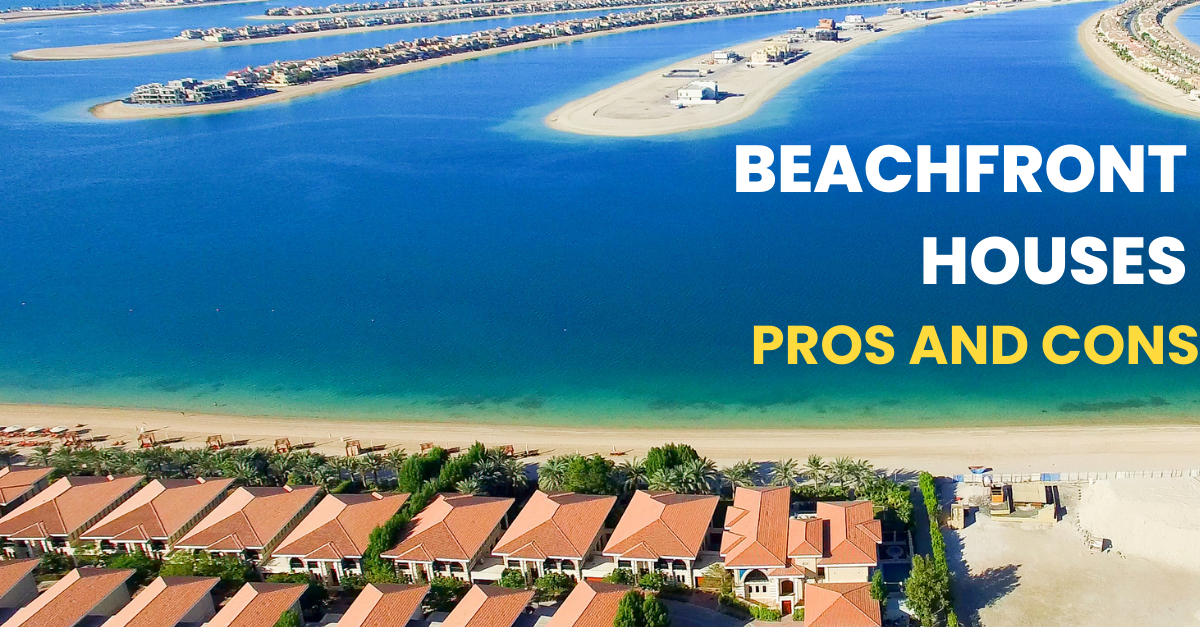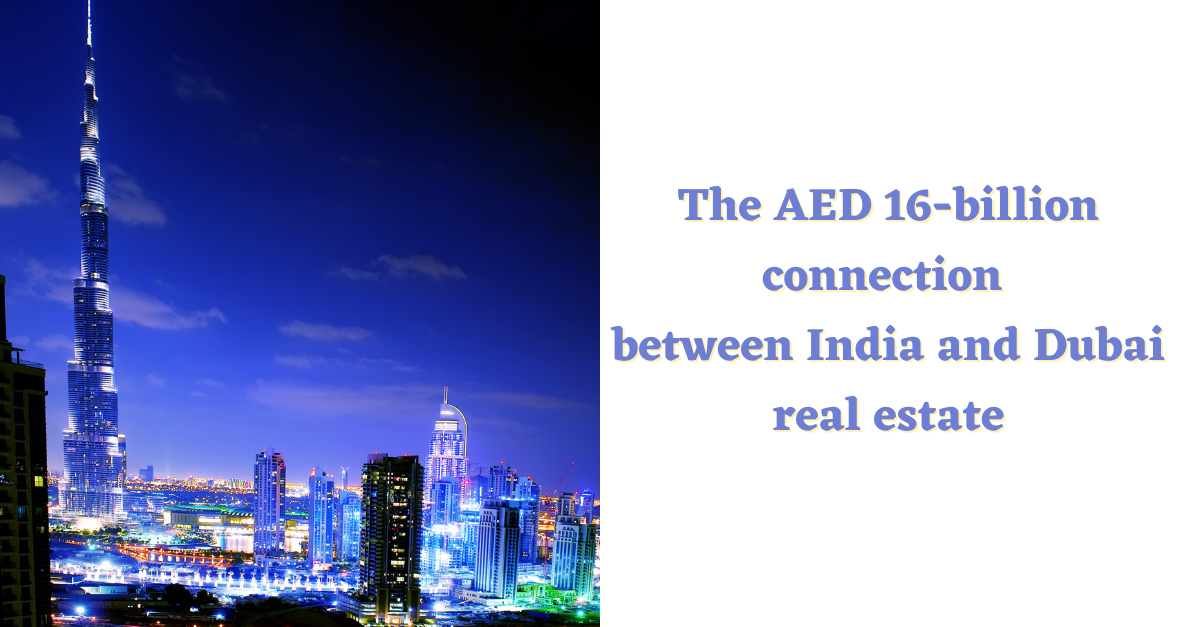Dubai’s built-to-rent housing is a niche with the potential to be an industry
The built-to-rent (BTR) homes have become one of the hottest trends in the global real estate market. The niche, which got a fillip during the stay-at-home months during the pandemic, has a ton of untapped potential and can become a major industry, especially in hot property destinations such as Dubai.
One of the key factors driving the BTR segment in Dubai is the need for more affordable housing. Many decision-makers and experts have recognized affordable housing as a catalyst to sustainable development, the happiness agenda, and the Smart City vision.
What drives the BTR segment?
As Dubai opened up its real estate market in 2002 and allowed foreign ownership, investors from more than 200 nationalities bought into the city’s properties. The diversification strategies espoused by the government to build a competitive economy independent of oil showed good results, with the city’s GDP growing from $11 billion in 1995 to $105 billion in 2016. Over the same period, Dubai’s population increased from 690,000 to 2.5 million, of which 91% were expatriates.
A large chunk of this expat population, which is often in flux and places more stock in flexibility, is now inclined to rent. Dubai is increasingly becoming the second home of globe trotters, who are encouraged by the city’s growing stature as a strategic hub. The BTR segment has thrived on the back of this demand. And from all indicators, the influx into Dubai is set to increase in the years to come. That means an ever-lucrative market for real estate developers hoping to tap into the BTR housing segment.
Growth indicators
As it stands, Dubai has low homeownership at just 30%, with an estimated 56% of expat households in rented dwellings. Moreover, 28.9% of the population is single, hence more inclined toward shared housing. This trend is expected to continue, creating demand in the BTR segment.
Another indicator that supports further growth of the rental market is tenants’ incomes. It has been estimated that their incomes have been rising more rapidly compared to that of the overall population. People in the typical renter age group (mostly millennials) have been advancing in their careers, and their incomes are growing. With many of them choosing to remain single, they are more comfortable renting than buying. With increasing income levels, renters are willing to pay a premium for BTR housing with convenience-oriented amenities and value add-ons.
Renters generally fall into two categories: Renters by need and renters by choice. The by-choice group is smaller than the by-need group. The former comprises people who are planning to buy a home and are renting for a short, interim period, as well as those who intend to remain single for the foreseeable future and find no merit in buying a home. The latter comprises those who fall in the mid- and lower-income groups, with difficulties to afford a home. But both these categories give a boost to the BTR market, which is set to thrive in the days to come.
However, developers need to be mindful of not over-stretching themselves. The possibility of overbuilding in the built-for-rent niche cannot be ruled out. Unchecked development could turn the currently under-supplied BTR segment into an over-supplied industry in no time. A strategic approach involves observing the trends, keeping abreast of the economic situation, reading the indicators correctly, and keeping capital ready. The demand is present, and the right supply can lead to positive civic outcomes.
https://www.weforum.org/agenda/2019/03/how-dubai-can-solve-its-lack-of-affordable-housing/




